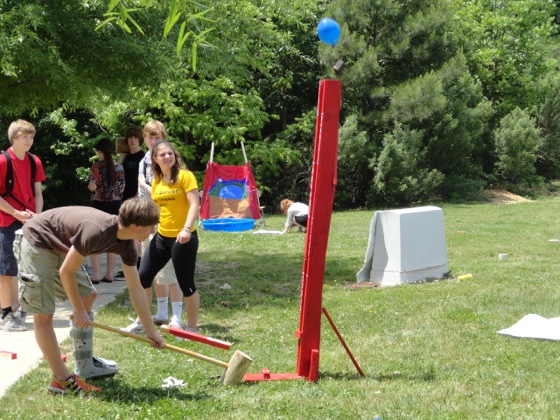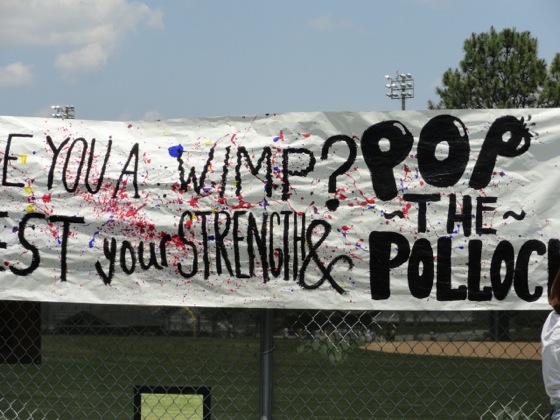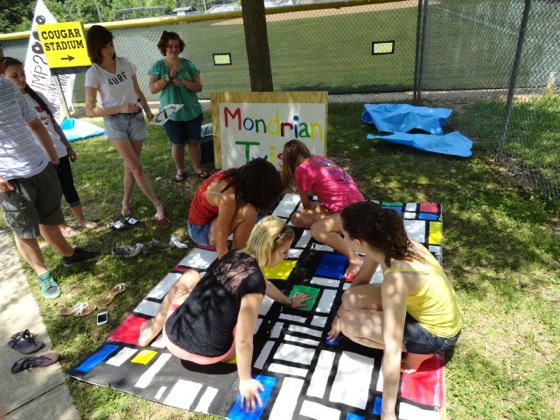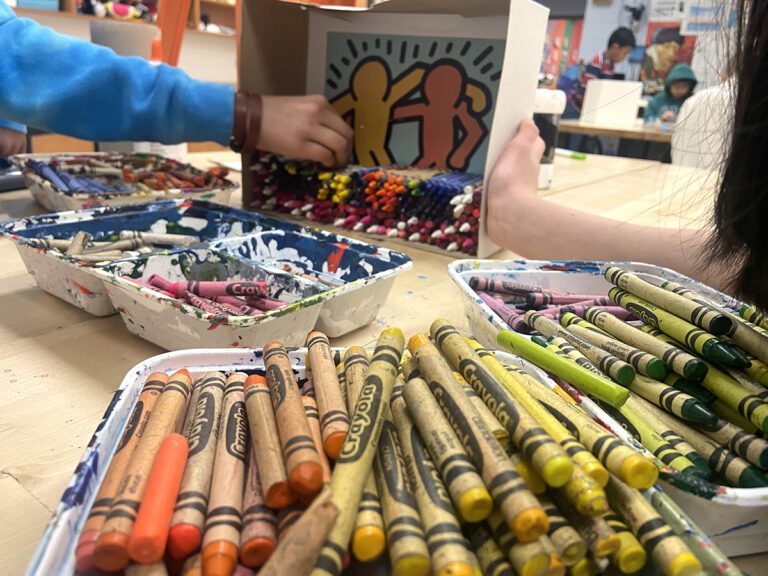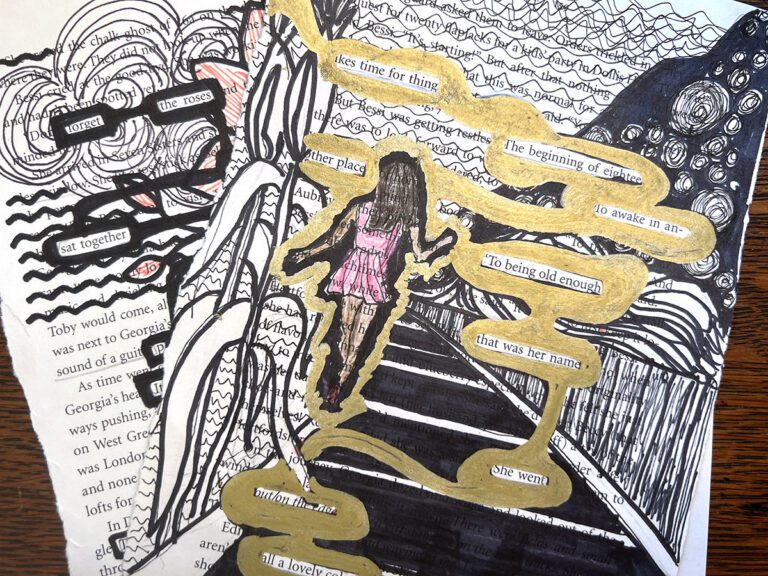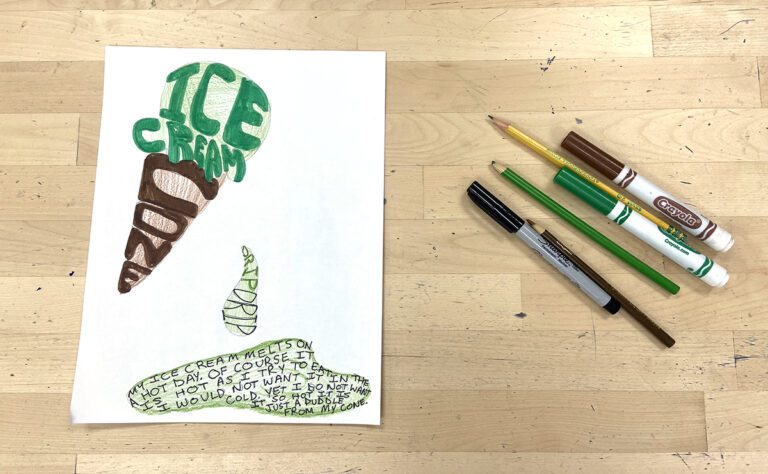As we near the end of the school year, the days are winding down, but our students are winding up. Working on a still life is out of the question when the kids can’t even sit still themselves. The sun is shinning, the temperature is rising and nobody wants to keep a seat warm. You need a project to keep your students entertained without compromising the information. It’s time for an Art History Carnival!
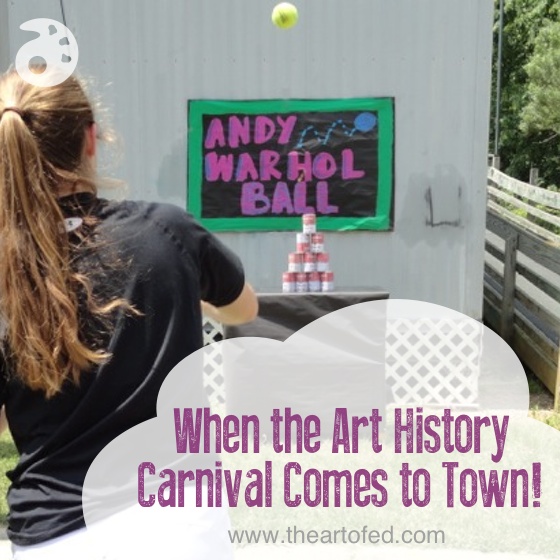
Here are 4 steps to take to bring the
Art History Carnival to your school!
Step 1: Research with a twist
If you tell your students they need to research an artist or famous work of art, your request will be met with groans. If you let them know they are completing the research in order to design a spectacular carnival game, you will see their eyes brighten. Keep in mind that since creating a carnival game takes more than an individual, you might consider putting students into groups starting with the research portion of the project.
With any research, there will be questions that need to be answered. Carnival research adds a new layer. Besides the expected biographical information, students need to look for connections. What can they find about an artist’s genre, subject matter or life events that align with a game at a carnival?
Step 2: Game Design
Completing the research arms the students with information. Taking that information and formulating a plan for creating the game is the next step. Students must consider what carnival game best aligns with their research and then design a plan for building the one they choose. Now is the time to answers questions like: How will the game be played? How will it be constructed? What will the prizes be for those who win?
A sketch of the design is a must along with a list of materials they will need for construction and how they will obtain materials that aren’t readily available in class. Students should also develop a rough outline of which members of their team with be responsible for completing which tasks. This is a practical way to make sure that jobs are distributed evenly throughout the group.
Step 3: Construction
Any project designed for the outdoors takes up a lot of space indoors. Having enough room where students can work, and later, store their projects can be an issue. Noise and organized chaos are two other factors. Be prepared for the sound of swinging hammers, sawing sawsand students having a blast as they work through challenges that arise during construction.
Step 4: Invite the School to Attend
Carnival games are only fun when they are being played. Since the games must be manned by the students who constructed them, consider inviting other classes to join in on the fun. Teachers will appreciate the invite especially considering the activity is both fun and informative. Sending an email invite a few days in advance is considerate and gives teachers time to plan ahead. Fridays make great carnival days. Just remember to check the weather.
Here are 3 game ideas to get you started!
Pop the Pollock
Pop the Pollock is a functioning “ring the bell” type game with a twist! Instead of ringing a bell, the challenge was to pop a water balloon that sat at the top. The water balloon was filled with paint so when it broke, it splattered all over.
Andy Warhol Ball
Knock down the soup cans and win a prize. Don’t be easily deceived. Our crafty carnies made sure the cans were not equally weighted. Needless to say, one of our most popular games was also one of the hardest to win!
Mondrian Twister
You can’t touch the black, only the primary colors. Good luck with that!
Have you ever had students design an interactive art experience for your school?
What other games could you imagine playing at an Art History Carnival?
Magazine articles and podcasts are opinions of professional education contributors and do not necessarily represent the position of the Art of Education University (AOEU) or its academic offerings. Contributors use terms in the way they are most often talked about in the scope of their educational experiences.
